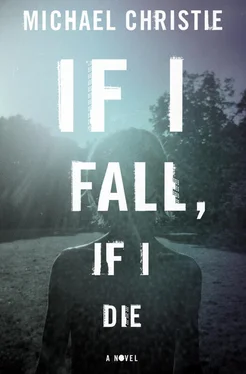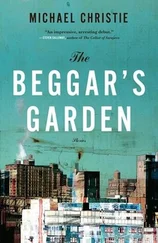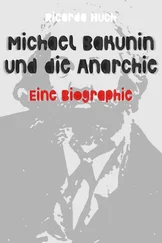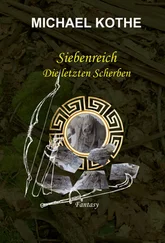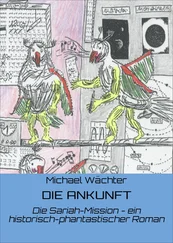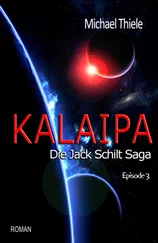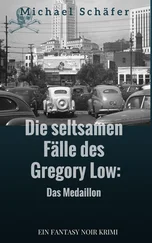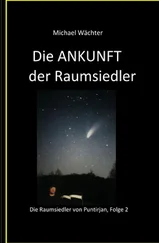Unlike Whalen, Arthur was so brazen with their meetings, it wasn’t long before he parted from his wife and Diane quickly fixed herself at his new apartment. His fridge was full of Polaroid film and homemade pickles bought from a Polish neighbor, sketches of cities and plazas spidering over every square inch of wall. He sang her “Factory Girl,” complete with a Jagger fish-mouth, and delighted in her working-class tales of Thunder Bay. He surprised her with a photo of the old elevators — including Pool 6—in Le Corbusier’s Towards a New Architecture , who admiringly wrote that they were “the first fruits of the New Age.” It was as disorienting to her as finding a portrait of Theodore or Charlie displayed prominently in a museum.
She hungered for Arthur every waking minute, and when he left to fetch Korean takeout or cigarettes, she would count seconds and watch his apartment door with the same rising panic as when watching Charlie drop into the grain bins. Arthur’s world tolerated her as a pretty curiosity. His stature, both physical and intellectual, was enough to shelter her from comments on her attendance at an unremarkable college and her dearth of artistic accomplishment.
The nights shrieked with drugs and sex and overcomplex conversation that ended in screaming matches as often as bed. Everyone was making a film, writing a book, the air a stiff meringue of ideas. It was as though you could pluck one down, staple your name to it, and attain national recognition by that time next week. She set up a desk at Arthur’s place and dared to construct a few poems, little bowls of word-salad she threw together hastily enough to disavow attachment to them. At Arthur’s urging, she read them to a few slit-eyed friends dozing on a shag carpet.
Then for her birthday Arthur gave her a 16mm camera, a Bolex he’d bought in the park from a smacked-out chess player named Steve. She wandered the city alone, shooting quick bursts of whatever caught her eye, recording snatches of sound with a reel-to-reel slung over her shoulder. A streetlight, some trash, people on benches. At the time she was enthralled by Richard Avedon’s photographs: coal miners with blackened faces shot against white, angelic backgrounds, the effect rendering his subjects eerily otherworldly, transcendent. Everyone is worth noticing, the images said and always put her in mind of Charlie and how even today she’d give everything for a photo like this of her brother, with his light-chipped eyes, slanting grin, and grain dust in his coarse hair.
Then one September day she walked to Union Station, closed her eyes for nearly half an hour, deciding that the person she saw when she opened them would be her first subject. She threw her eyes open and asked a young woman if she could film her face, dead on, looking into the lens. The woman kindly complied and after some nervous smiles and hair fiddling, gave her thirty golden seconds of raw vulnerability. She repeated this with twenty others.
When the film was developed, however, a good portion proved unusable: a milk of ghostly light spilled over each frame. Diane was devastated. She’d changed the canister improperly, and light had leaked into the black felt bag while she switched reels.
Arthur pulled a favor and arranged some free late-night time on an editing machine at the National Film Board. “Make something at least,” he’d said. There she found some usable clips and a few nice frames she managed to duplicate as stills. But it wasn’t enough. Then, on her way to the bathroom, she spotted a nest of cut footage in a waste bin nearby. Nearly in tears, she asked another editor if she could use it. “Knock yourself out,” he said.
She spliced these unwanted clips, intercutting them with her own shots of the city and people at Union Station. She laid the sound she’d recorded of a crowd roaring at a hockey game over a shot of a person sleeping. The sound of a fistfight over lovers walking, a baby gurgling over documentary clips of a bullfight, trains shunting over shots of trash. It was the public invading the private, the inside invading the outside, and the effect was disorienting. When she showed it to him, Arthur declared her film genius, adding that it was about anxiety and public space and love and dread, which confused Diane but still flushed her with pride.
A premiere was organized. The film, which she’d titled The Sky in Here , drew effusive praise from those who cared about that sort of thing. They said that it had captured the “anxiety of the age” and compared it to Joan Didion’s essays and the films of Arthur Lipsett, both of which Diane had always loved. She won a first-film award and quickly made a few more works in a similar vein with money from the Film Board and the Arts Council, garnering still more awards and praise.
During that time she and Arthur discussed marriage at length and decided against it. Reasons like resisting the patriarchy and his previous marital debacle were tossed around, but in truth, they were both skittish about commitment, the drift toward entrapment. Though she never found words to tell Arthur about Charlie or her parents, she suspected he knew she couldn’t stand to do any more losing.
Arthur had gone to private schools and had never held a job, something the closeted Marxist in him hated to admit, but after graduation he landed an office remodeling, then a small park and a community center. He soon developed a name, which he snidely claimed was the only thing one actually built as an architect. Then came the plaza in Copenhagen, and almost overnight Arthur was inaugurated as the high priest of plazas — the great facilitator of urban renewal and community. He was described as visionary, a “starchitect”—a word they had once only used with the tongs of irony. He designed increasingly significant structures: galleries, libraries, public buildings, first in Europe, then throughout North America, Asia, the Middle East. Arthur would do anything to get his projects built: spew flurries of pseudo-intellectual claptrap, employ the theories of far-flung psychoanalysts, the folklore of African hill tribes — anything to entice funders and investors. It was during this rise that she’d become pregnant, and Arthur did his utmost to hide his trepidation.
“What about your work?” he said. “Your next film?”
“I can come back to it,” she said.
After Will was born, Arthur tunneled deeper into himself. Increasingly, he preferred life rendered, sketched, blueprinted — better yet, modeled in balsa wood or viewed from a plane, high above the disappointing actuality of place. He applied the same aerial view to Will, reserving his energies for the greater questions: where he should go to school, in what neighborhood would they live. He spent more and more time away, at his drawing table, off in the stratospheres of theory. In truth, Arthur had never enjoyed people. Even Will he treated like a project he was overseeing, checking in every so often like a foreman in a white hardhat to ensure construction was on schedule. Then came their separation, the subway platform … but here she was rooting around again in the past, and with that her thoughts gained traction in the slapping of her last film in the take-up reel, the projector blasting pure, empty light on the collapsible screen, and for the first time in years Diane was battered with the sense that though the cupboards of her self had been abundantly stocked with determination and some modest store of talent, she’d made so little of these ingredients to set upon the table of her life. These six canisters of celluloid and one marvelous boy were the totality of her life’s output. Her mind writhed with specters of conversations she could’ve participated in, words she might have combined, films she could have cut together, the howling ghosts of ideas she would never have.
Читать дальше
